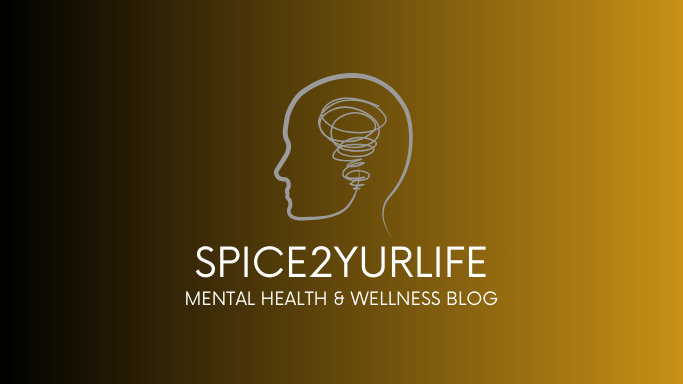In today's fast-paced world, mental health has become a crucial aspect of our overall well-being. Traditional approaches, such as psychotherapy and medication, have their place, but there is a growing recognition of the value of holistic methods. These approaches consider the whole person—mind, body, and spirit. Among the most compelling holistic therapies are art therapy and music therapy. These creative practices not only provide a means of expression but also foster healing and growth in unique and profound ways.
Understanding Holistic Mental Health
Holistic mental health emphasizes the interconnectedness of all aspects of an individual’s life. It involves treating the person as a whole rather than focusing solely on symptoms. This perspective includes physical health, emotional balance, social connections, and spiritual well-being. The goal is to create a harmonious state of being that promotes overall wellness.
The Role of Art Therapy
Art therapy is a therapeutic technique rooted in the belief that creative expression can foster healing and mental well-being. It involves using various art forms—drawing, painting, sculpture, and other visual arts—as a way to explore and communicate emotions that may be difficult to express with words.
Benefits of Art Therapy:
1. Expression of Emotions: Art therapy allows individuals to express feelings they might not be able to articulate. This is particularly helpful for those who find it challenging to talk about their experiences.
2. Stress Relief: Engaging in creative activities can be deeply relaxing. The process of creating art can reduce stress and anxiety, providing a sense of calm and mindfulness.
3. Self-Discovery: Art therapy can lead to greater self-awareness. Through the creative process, individuals can explore their thoughts, beliefs, and experiences, leading to insights and personal growth.
4. Coping Skills: It provides a constructive outlet for dealing with difficult emotions and experiences. By creating art, individuals can process trauma and develop healthier coping mechanisms.
The Healing Power of Music Therapy
Music therapy uses music to address physical, emotional, cognitive, and social needs. It involves listening to music, singing, playing instruments, and composing music. Music therapy can be tailored to individual needs, making it a versatile tool for mental health treatment.
Benefits of Music Therapy:
1. Emotional Expression: Like art therapy, music provides an avenue for expressing emotions that might be hard to verbalize. Music can evoke deep emotional responses and facilitate emotional release.
2. Mood Enhancement: Music has the power to influence our mood significantly. Listening to or creating music can uplift spirits, reduce symptoms of depression, and enhance overall emotional well-being.
3. Stress Reduction: Music therapy can help lower stress levels. Rhythmic and soothing music can induce relaxation and reduce the physical symptoms of stress.
4. Cognitive Benefits: Engaging with music can improve cognitive functions such as memory, attention, and problem-solving skills. This is particularly beneficial for individuals with cognitive impairments.
Integrating Art and Music Therapy
Integrating art and music therapy into a holistic mental health plan can offer a well-rounded approach to healing. These therapies can be used individually or in combination, depending on an individual’s needs and preferences. For instance, a person might find solace in painting while listening to calming music, combining the benefits of both art and music therapy.
Practical Tips for Incorporating Creative Therapies
1. Start Small: You don’t need to be an artist or musician to benefit from these therapies. Start with simple activities like doodling or listening to your favorite music.
2. Create a Safe Space: Set up a comfortable and private space where you can engage in creative activities without interruptions.
3. Seek Guidance: Consider working with a licensed art or music therapist who can guide you through the process and tailor activities to your specific needs.
4. Be Open: Approach these therapies with an open mind. The goal is to explore and express, not to create a masterpiece.
Holistic approaches to mental health, including art therapy and music therapy, offer powerful tools for healing and self-discovery. By embracing these creative therapies, individuals can tap into new ways of understanding and managing their mental health. As we continue to explore and validate the benefits of holistic methods, we pave the way for more inclusive and effective mental health care.
Incorporating art and music into our lives not only enriches our experiences but also nurtures our minds and spirits, helping us to achieve a balanced and fulfilling life. Whether you're struggling with mental health issues or simply seeking new ways to enhance your well-being, the creative therapies of art and music are worth exploring.











